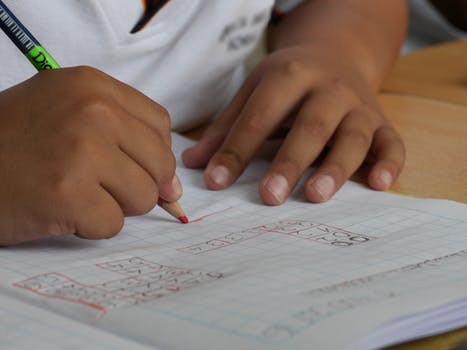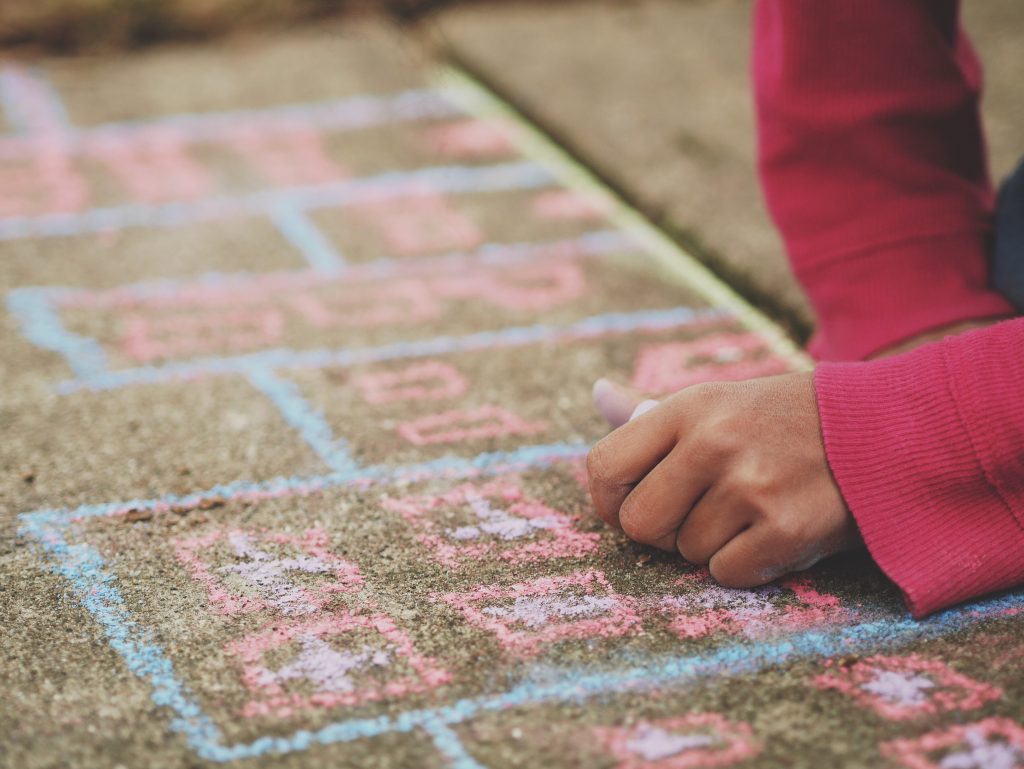Are you looking for strategies to help students make generalizations from one situation to another? If so, keep reading.
1. Make sure the student knows that all objects, people, ideas, actions, etc., can be grouped based on how they are alike. Give the student concrete examples (e.g., dogs, cats, cows, and horses are all mammals).
2. Provide the student pairs of objects and have the student name the ways in which they are alike and the ways in which they are different. Proceed from simple things that can be seen and touched to more abstract ideas that cannot be seen or touched.
3. Name a category and ask the student to find as many things as possible that belong in the group. Begin with large groups (e.g., living things) and move to more specific groups (e.g., living things that are green).
4. Ask the student to help in making lists of some categories that fit inside bigger categories (e.g., bushes, flowers, and trees are all categories that can be included in the plant category).
5. Find related ideas and explain to the student how we can generalize from one to another (e.g., numbers to money, fuel to energy, words to sentences, etc.).
6. Get the student to play analogy games involving multiple-choice possibilities (e.g., food is to a person as gasoline is to __ [a skateboard, an automobile, a house]).
7. Provide instructions by using examples of relationships (e.g., rely on what has already been learned, use examples from the student’s environment, etc.).
8. Use situations in the classroom that generalize to more global situations (e.g., being on time for class is the same as being on time for work; schoolwork not done during work time has to be made up before school, after school, or during leisure time, just as duties at places of employment have to be finished at night or on weekends if not finished on the job; etc.).
9. Make the student explain outcomes, effects, etc. (e.g., when the student earns a reward or privilege, make sure they can explain that the reward is because of hard work and accomplishment; etc.).
10. Get the student to respond to statements that begin with “What if” (e.g., “What if it rained for forty days and forty nights?” “What if there were no rules and laws?” etc.).
11. Become specific to relate what the student has learned in one setting or situation to other situations (e.g., vocabulary words learned should be pointed out in reading selections, math word problems, story writing, etc.).
12. Get the student to write letters, finish applications, etc., to demonstrate the generalization of handwriting, spelling, grammar, sentence structure, etc., to real-life situations.
13. Give the student situations in which they can generalize skills learned in mathematics to simulations of the use of money (e.g., making change, financing a car, computing interest earned from savings, etc.).
14. Make sure that the student is given an explanation of why they are learning particular information or skills (e.g., we learn to spell, read, and write to communicate; we learn to solve math problems to make purchases, use a checking account, measure, and cook; etc.).
15. Get the student to create a sequence of responses representing their capacity and ability to generalize from common situations in their surroundings (e.g., “We should drive no more than the displayed speed limit on the highway because . . .. ” Appropriate responses concern safety, conservation of fuel, care of vehicle, fines for speeding, etc.).
16. Utilize images, diagrams, the smartboard, and gestures when delivering information.
17. On occasions where delivering explanations and information, be specific to use vocabulary that is within the student’s level of comprehension.
18. When the student is required to generalize knowledge from one situation to another, give visual and/or auditory signals to help them remember the information previously presented (e.g., give keywords, expose part of an image, etc.).
19. Utilize several modalities (e.g., auditory, visual, tactile, etc.) when presenting instructional content that requires the student to generalize knowledge. Utilize the modality that is stronger to present instructional content.
20. When the student learns a skill, make sure that they apply it to a real-life situation (e.g., when the student learns to count by fives, have them practice adding nickels).
21. Utilize concrete examples and experiences when teaching ideas and sharing information with the student.
22. Utilize daily drill learning activities to help the student memorize math facts, sight words, etc.
23. Utilize an assortment of instructional approaches to help the student generalize knowledge gained to real-life situations (e.g., after studying the judicial system, have a simulated courtroom trial, etc.).










